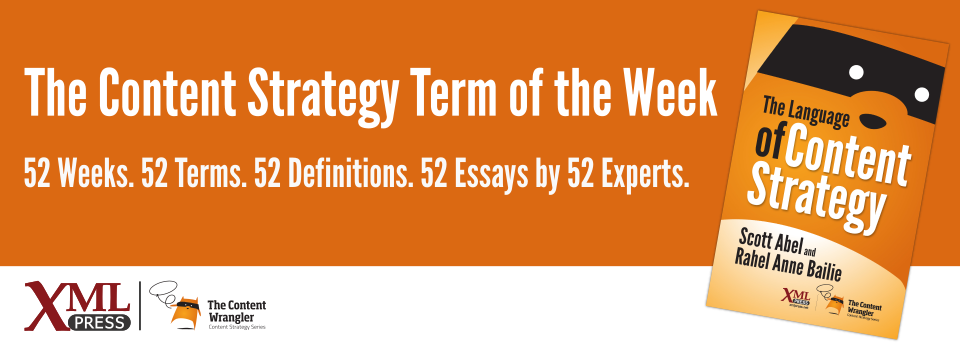What is it?
A design or definition (expressed in a modeling language) considered by an authority as an approved model. Standards include structural and semantic models, processes, and presentation semantics models.
Why is it important?
Provides a normative language that facilitates exchange between systems, process automation, and process integration. Enables search, retrieval, sorting, content management, workflow, and publishing.
Why does a content strategist need to know this?
The goal of a content standard is to facilitate the implementation of a content strategy and the creation and publication of content. Through the course of the content lifecycle, multiple humans and systems may need to access and affect content. A content standard facilitates this by providing a common technical language so that content elements, metadata, and processes are consistent and predictable. When content is standards-based, interoperability between content, humans, and systems is possible.
Processes help implement a content strategy and the phases of the content lifecycle. These processes may be manual or automated. Standards-based content is predictable to both humans and machines, which supports functionality such as searching, retrieval, sorting, filtering, indexing, tracking, and reporting. These functions are then available to processes and to systems such as content management, workflow, and publishing.
Standards also help facilitate a content strategy through validation, transformation, and adaptation. Standards-based content can be tested against the defined model to ensure that the content conforms to the rules established to support the content strategy. Content in one standard can be more readily transformed or converted to another standard. This is necessary for publishing and also allows content to be future proofed and adaptive. Content that is format free, device independent, and scalable is future proof and can adapt to new strategies, global strategies, standards, and display devices that haven’t been designed yet.
When a standard is adopted, it allows humans and machines to play well with each other in the content sandbox.

